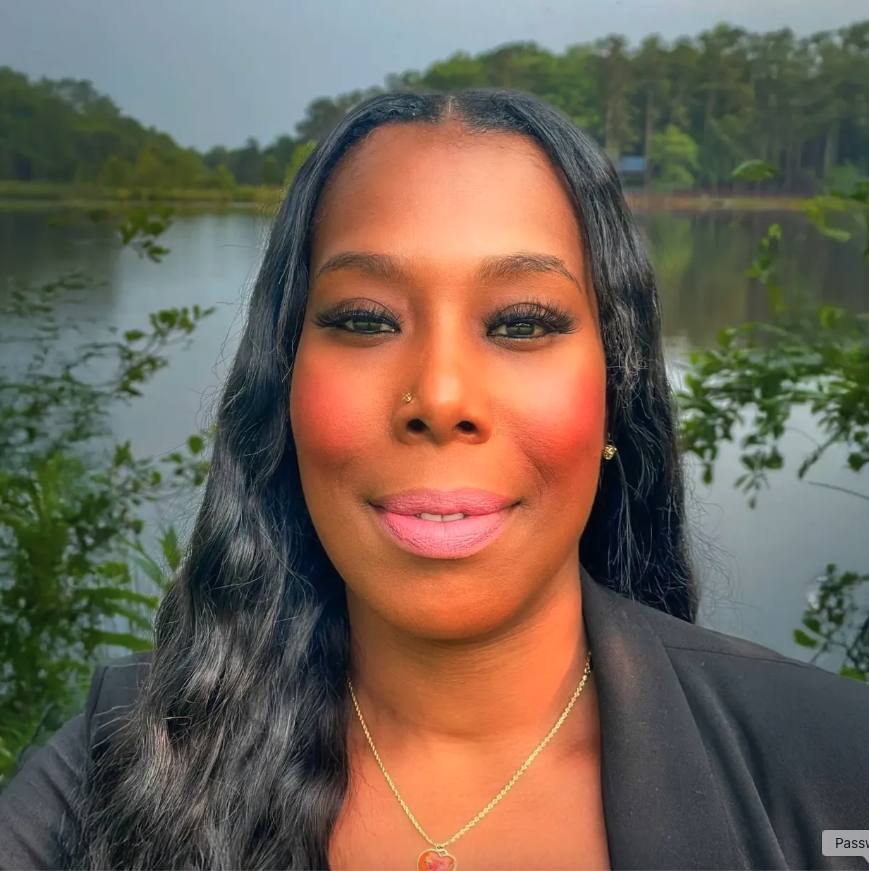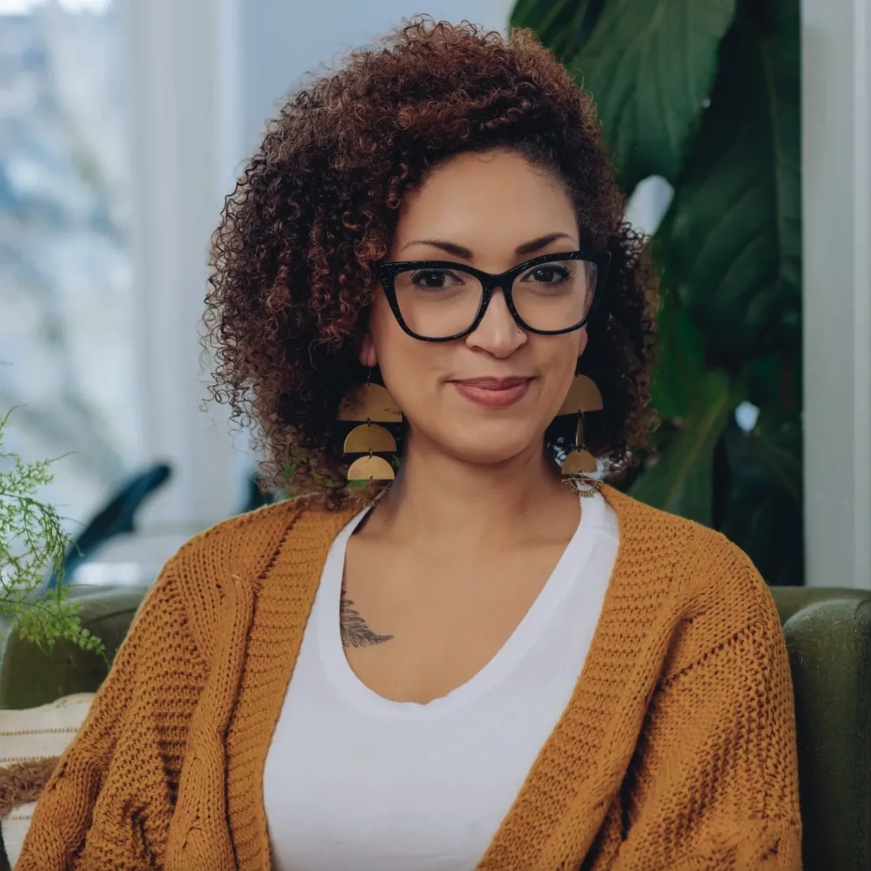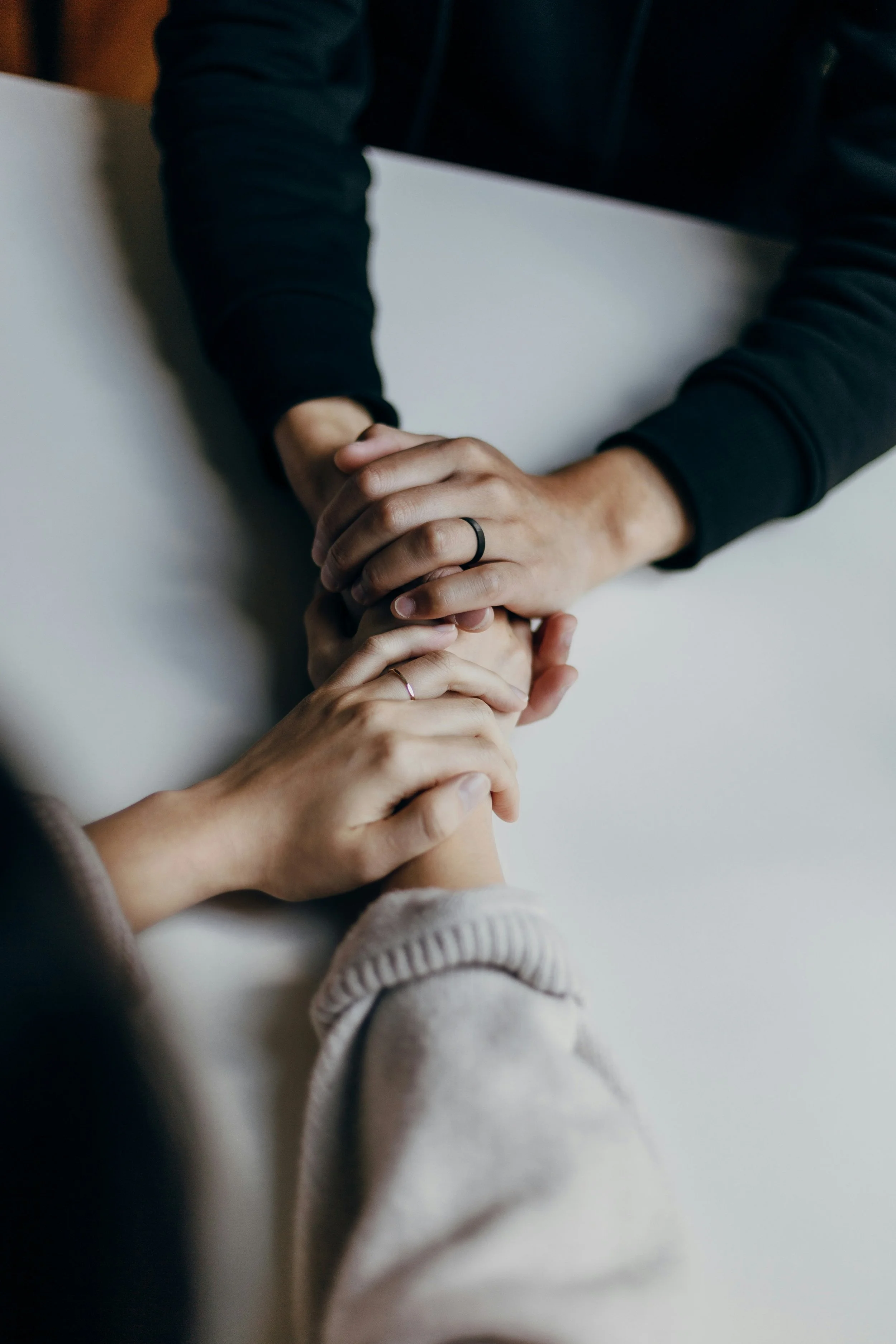
The relationship is the medicine.
Relational therapy for people of color remembering what safety feels like.
Our Approach
We draw from trauma-informed and evidence-based practices — EMDR, relational-cultural therapy, parts work, somatic-informed approaches, attachment and relational repair — but the foundation is always relationship.
We move at your pace. We attune to your nervous system. We invite honesty and curiosity, even when things feel messy.
Through that process, you learn to hold yourself with the same care you experience here — to build safety and trust from the inside out.
Who We Work With
We work with people of color navigating:
Multiracial or bicultural identity
Monoracial people of color navigating cultural dislocation
Queer and neurodivergent experiences
Intergenerational trauma and family rupture
Cultural loss and belonging
Burnout, perfectionism, and people-pleasing
Feeling “between worlds” or “too much”
Meet Our Clinicians
If you’ve learned to survive by staying small or by staying busy — this is a space to try something different.
The relationship is the medicine. And it starts here.

“Action on behalf of life transforms. Because the relationship between self and the world is reciprocal, it is not a question of first getting enlightened or saved and then acting. As we work to heal the earth, the earth heals us.”
- Robin Wall Kimmerer
Therapy Options & Rates
15 Minute Consultation
Free. First visit only.
53 Minute
Therapy Session
$250. Limited Sliding Scale Available
Insurance
OHP: CareOregon
Formerly HealthShare. All Providers (Immediate Availability)
Jackson Care Connect
All Providers
PacificSource Commercial
Accepted by Nexus and Kendahl
Providence Health Plan
All Providers
Kaiser
Amanda only - more providers soon.
Regence Blue Cross Blue Shield
All Providers
Moda
Amanda only
Our Practice
-
Resmaa Menakem expertly writes that in the United States, "nearly all of us, regardless of our background and skin color, carry trauma in our bodies around the myth of race...trauma can be the body's response to a long sequence of smaller wounds. It can be a response to anything that it experiences as too much, too soon, or too fast. Trauma can also be the body's response to anything unfamiliar or anything it doesn't understand, even if it isn't cognitively dangerous" (My Grandmother's Hands). For many of us who are mixed race, or for monoracial people of color who were transracially adopted or raised by white parents, that trauma happened early and it happened in our homes, often by our parents or close relatives. It was instilled and internalized in our bodies at a very young age--whether through a glance, a comment, or even the absence of language, love or attention. Worse still is that the majority of mental health workers are overwhelmingly white or monoracial. Without adequate space to process this trauma or have ourselves reflected back, many of us carry these wounds into our adulthood without being able to heal and repair.
-
A note on Complex Post-Traumatic Stress Disorder (CPTSD) and its effects: It is often because we did not have a secure attachment figure to help us navigate traumatic events or experiences that trauma takes its hold; in fact, many of our relationships tend to mirror back this dynamic (including anxious and avoidant attachment styles). As such, our practice focuses on building on the secure attachment of the therapeutic relationship to begin strengthening safety and connection as the foundation for healing.
-Amanda Singh Bans
-
The smallest nervous system is TWO. Bonnie Badenoch, one of the greatest translators of interpersonal neurobiology, writes that "all the ingredients for disconfirming/reparative experience are already present within [us] and yet, like so much in us, what is inherent needs relationship to come to being" (The Heart of Trauma). Despite western society inundating us with daily messages convincing us we are individuals or that the goal in life is to be completely independent, the truth remains that we are amazingly relational beings. We need each other to survive and thrive; it's what makes us wonderfully, and often, painfully, human. Using the principles and framework of IPNB, my practice focuses on connection and attunement and co-regulation as a foundation for building resilience and starting the healing journey.
Here’s what people say about working with Resonance.











